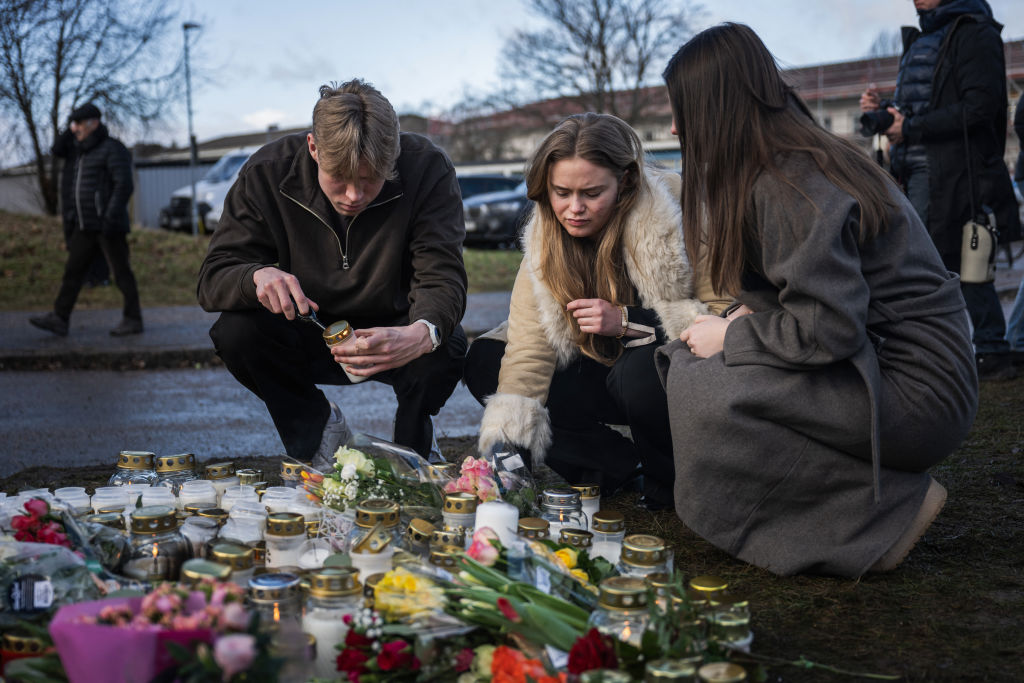This piece was first published in Flamman.
The two heavily armed brothers were dressed like a masked tactical unit. They broke into the offices of the French satirical magazine Charlie Hebdo at noon on January 7, 2015, and opened fire at the editorial staff meeting. As they fled, the Salafist brothers also shot at the police who arrived at the scene. Among the twelve dead were five cartoonists and two police officers.
Ten years ago, we were “all Charlie.” And we didn’t hesitate to call it terrorism.
Terror is a carefully staged act of brutal violence designed to create maximum fear and shock. It is the weapon of the weak against an overwhelming enemy, as author Yuval Noah Harari noted in the Guardian after that massacre.
But what happens when a violent act comes without a manifesto? When the murderer has not explicitly stated their thoughts and motives? After the mass shooting at Campus Risbergska in the Swedish town Örebro, both politicians and police urged caution in speculating on the motive behind the massacre.
Authorities had already been prepared for Sweden to experience a school shooting. It wasn’t a question of if — only when. After the 2017 terrorist attack on the busy shopping street Drottninggatan in central Stockholm, police, emergency services, and health care professionals began conducting joint drills on how to respond to “ongoing deadly violence.” Schools practiced evacuation and lockdown drills — barricading themselves in classrooms.
A few minutes after the shooter Rickard Andersson stepped out of a school restroom, dressed in military gear and armed, and began shooting at students and teachers at the municipal adult education center (Komvux) in Risbergska, the…
Auteur: Mathias Wåg

